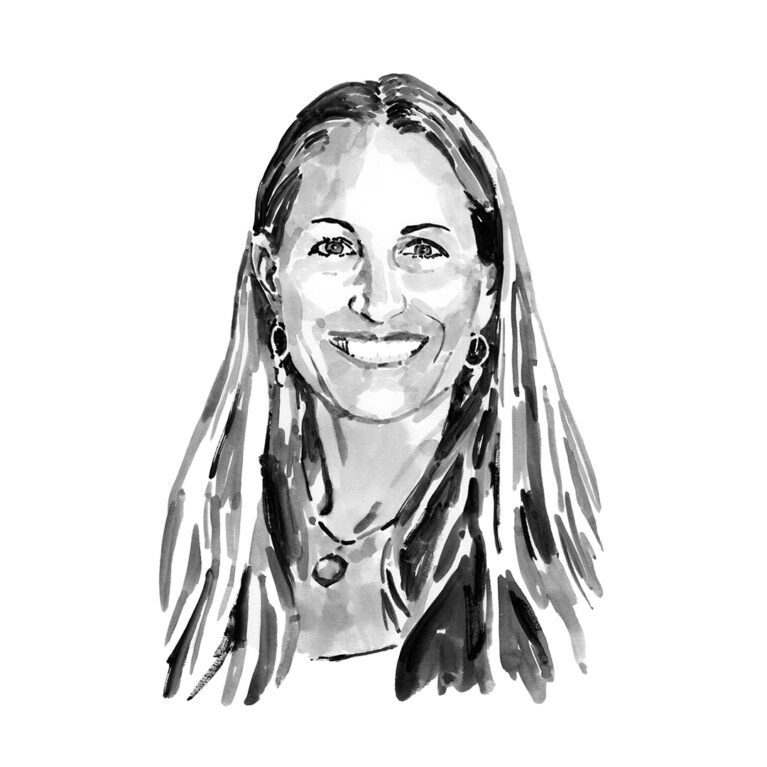Kim Bassos-Hull

Who I am
As a kid growing up in the woodland wilderness of Connecticut, USA, I was a curious-about-nature geek, inspired by all things great and small. In high school I went on a whale-watching trip and literally caught the eye of a spyhopping right whale, which set me on a career path to dive into the marine realm. For my undergraduate and graduate work at the University of California at Santa Cruz I was involved in field studies of a variety of marine organisms: tidal pool critters, elephant seals, Hawaiian spinner dolphins, California sea otters and bottlenose dolphins. For the past 32 years I’ve had a fun and fascinating career based in Sarasota, Florida, working with both the Sarasota Dolphin Research Program and Mote Marine Lab as a senior biologist with a focus on dolphins and marine rays.
Where I work
Since 2009, our research on marine rays has been focused primarily in the eastern Gulf of Mexico along the west coast of Florida. Abundant marine life finds a home in large, shallow sea-grass estuaries fringed with barrier islands and inlet passages to the gulf with its sandy shallow beaches. However, these same habitats and wildlife are threatened by coastal development, heavy boat use, marine debris and increasingly frequent harmful algal blooms. The expanded geographical scope of our proposed study will take us up to Florida’s panhandle in the northern Gulf of Mexico, where the west Atlantic pygmy devil ray Mobula hypostoma has been observed in autumn and winter near the region’s beautiful white-sand beaches. We hope to learn more about its gulf-wide movements and population structure to better inform conservation and management.
What I do
In my role as a senior biologist at Mote Marine Laboratory, I participate in a variety of lab- and field-based research projects and support conservation capacity training. Our typical field day involves boat-based fisheries surveys, where we look for rays in shallow water and use either a large seine net or a smaller cast net to encircle the rays and bring them on our specialised research boat with an onboard tank. After taking a suite of measurements and a variety of samples, we tag and release the rays. One of my favourite parts of the job is when I get students (high school and college interns) and international colleagues involved in the research and mentor them in capture and handling techniques, which can be tricky with large pelagic rays!
